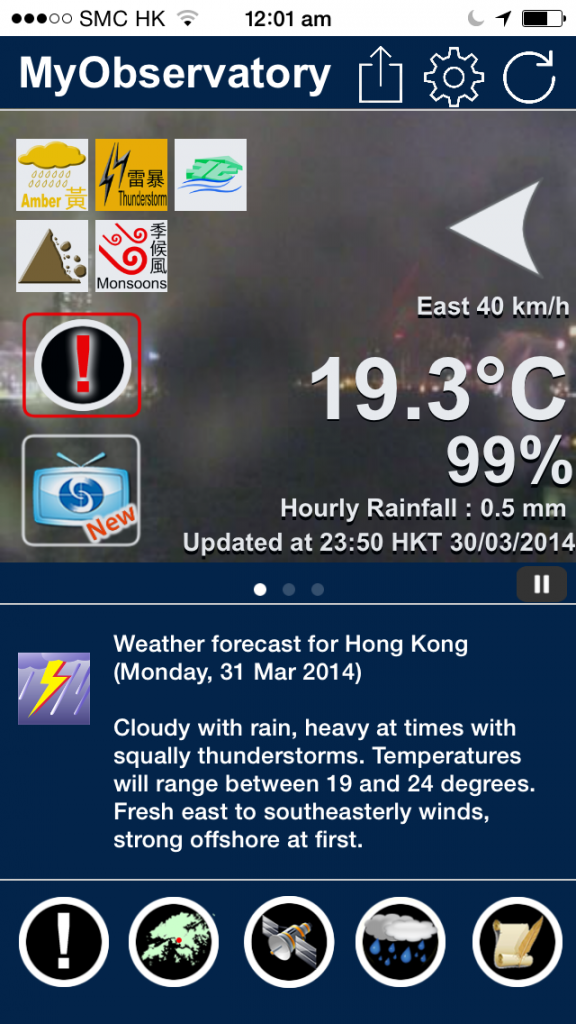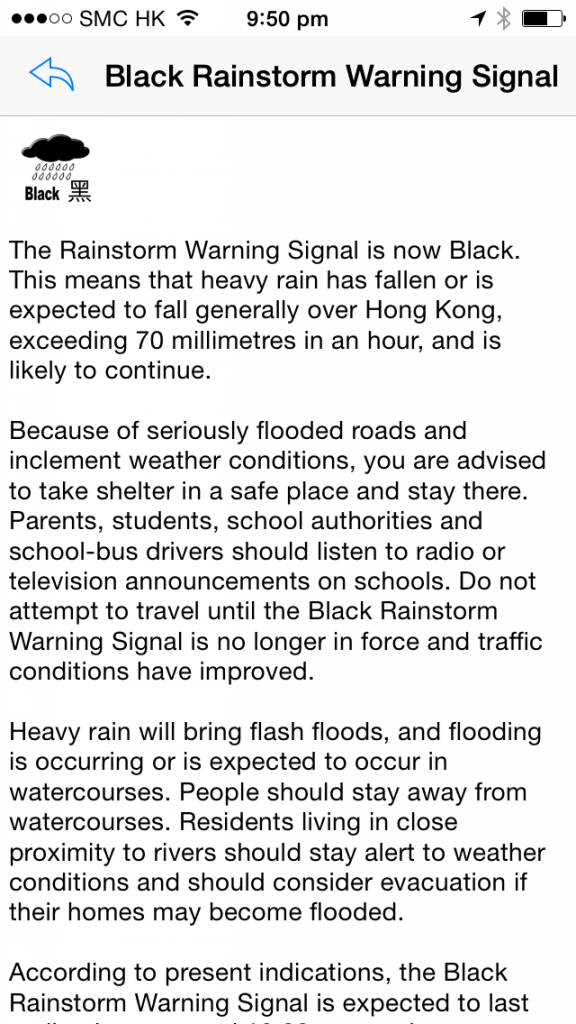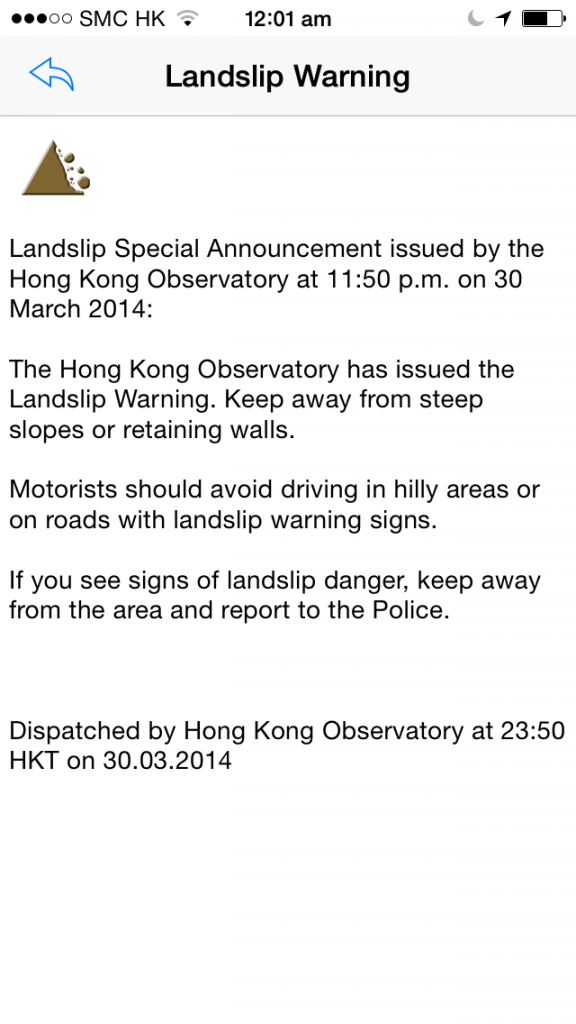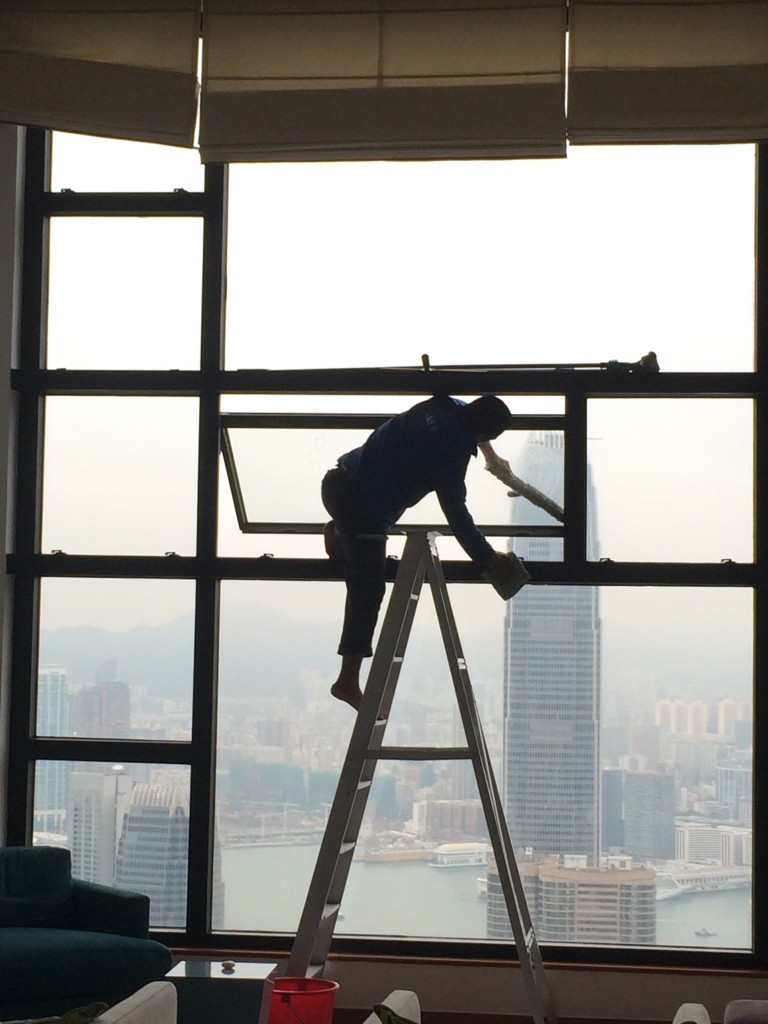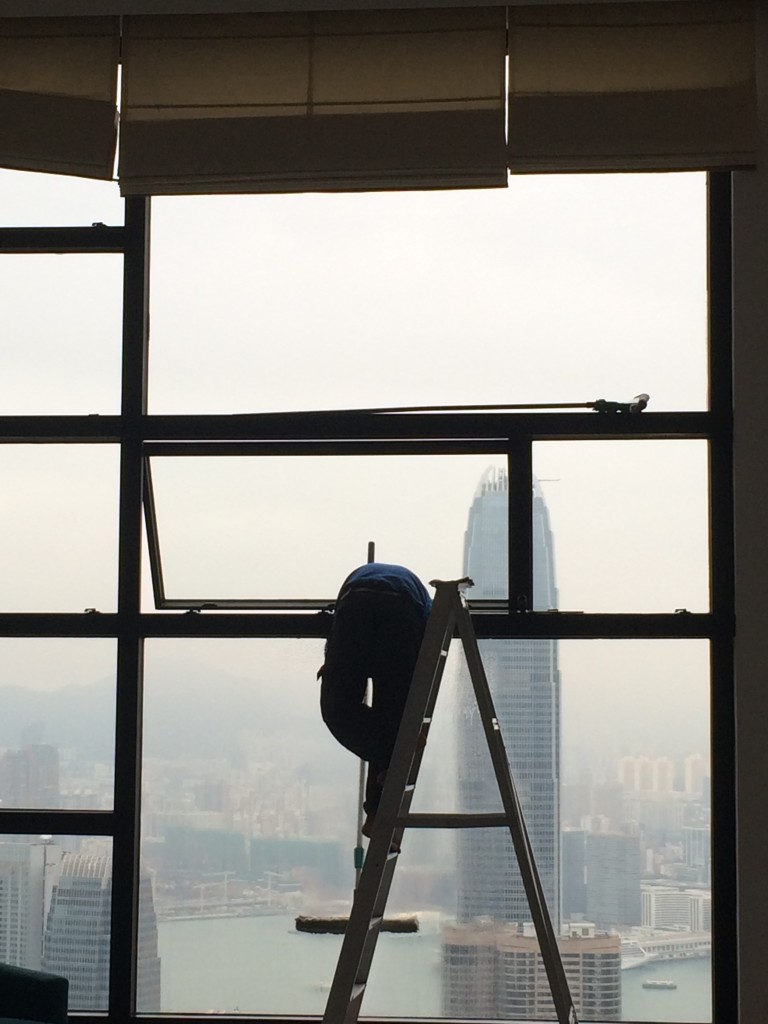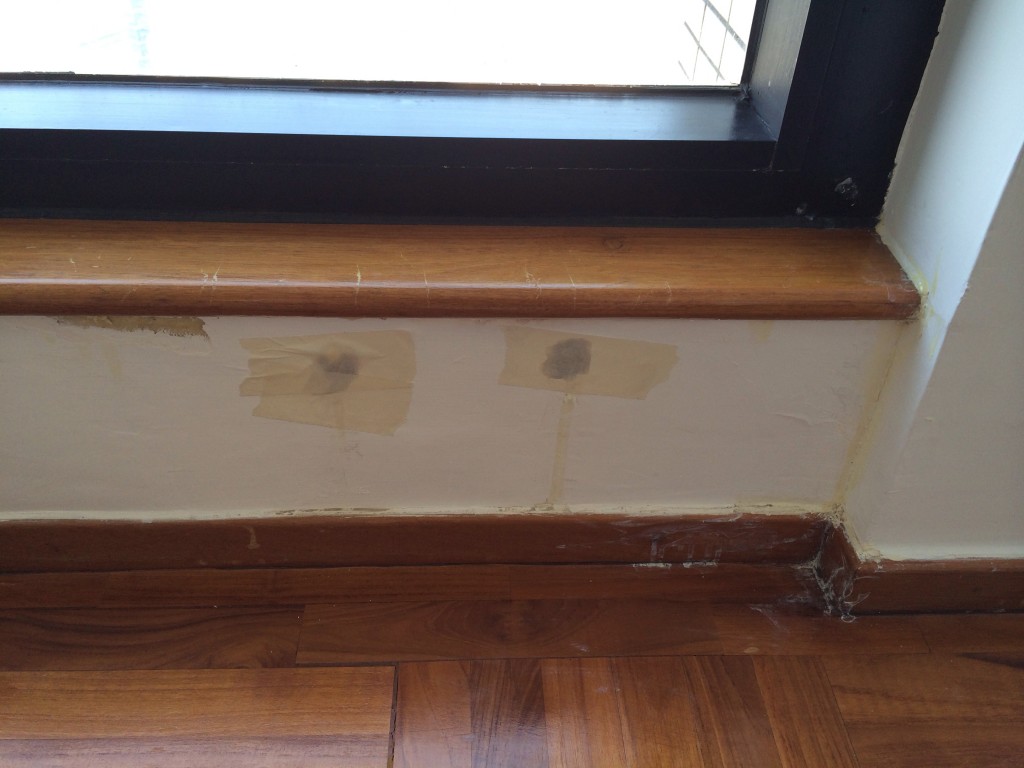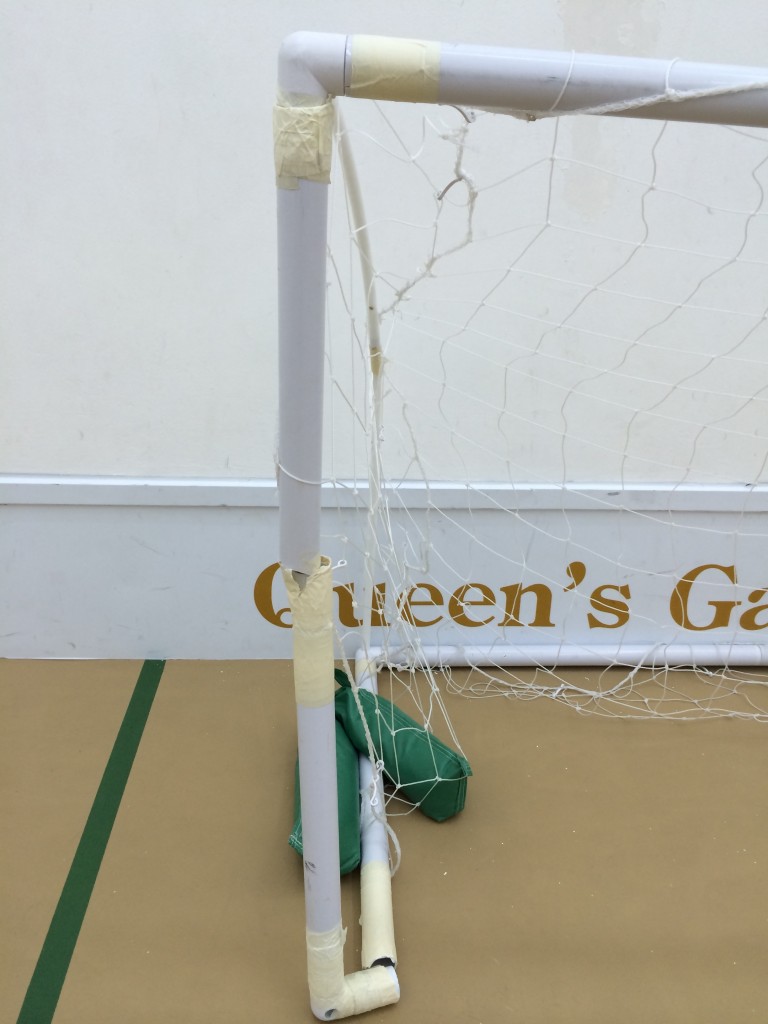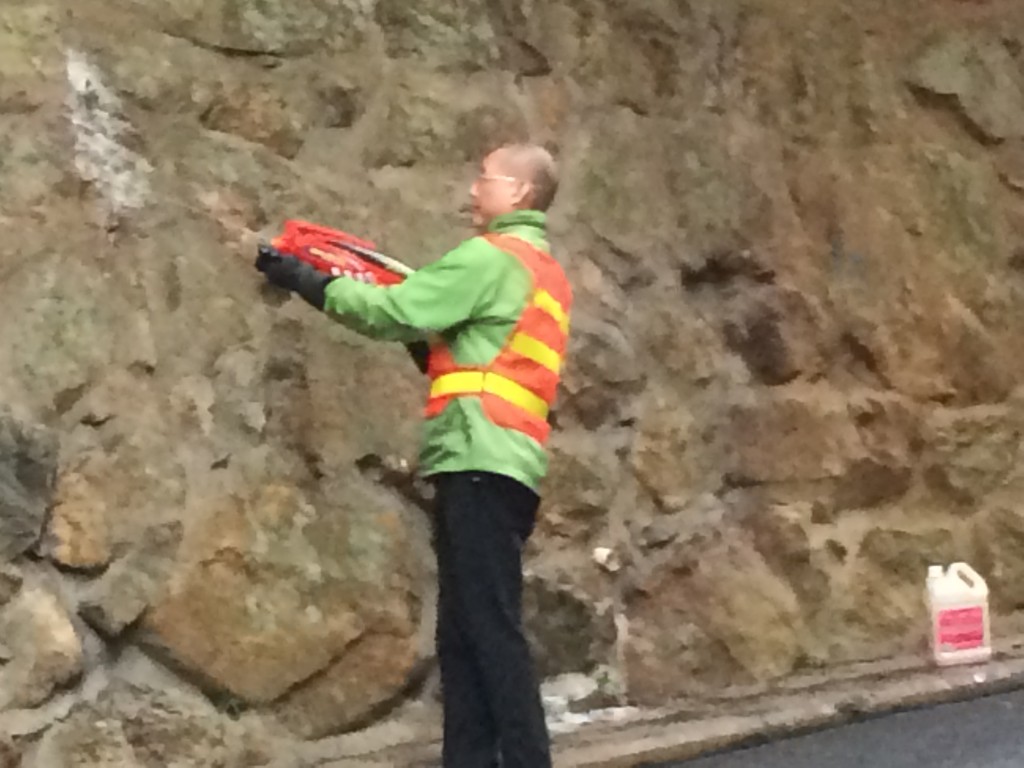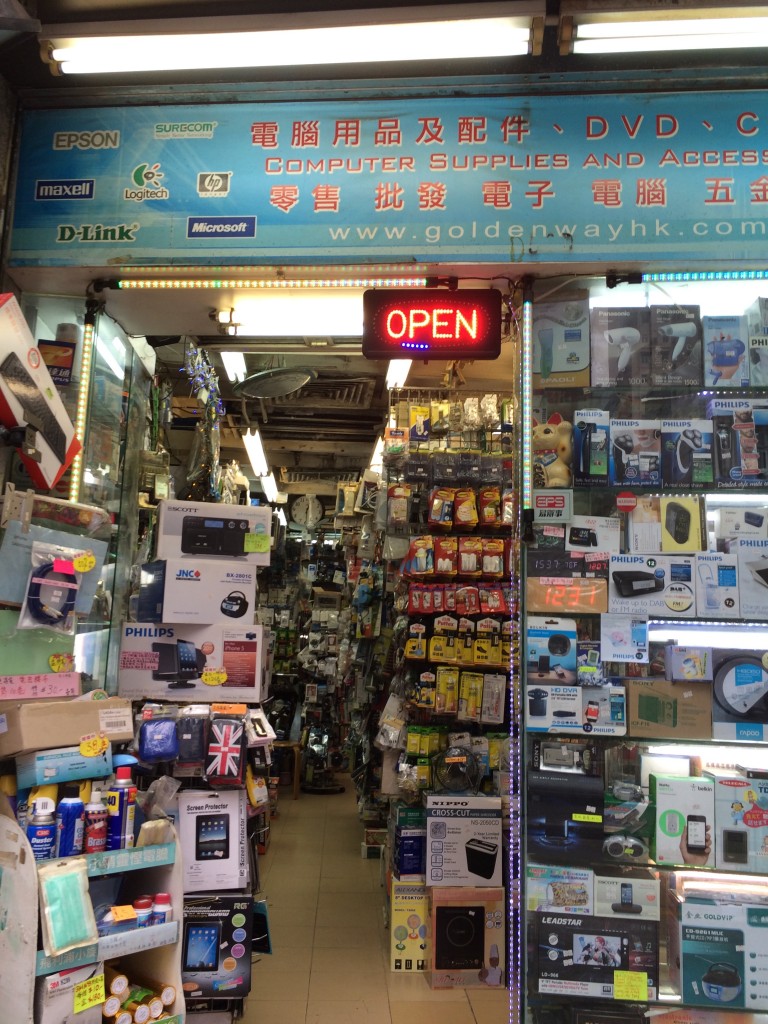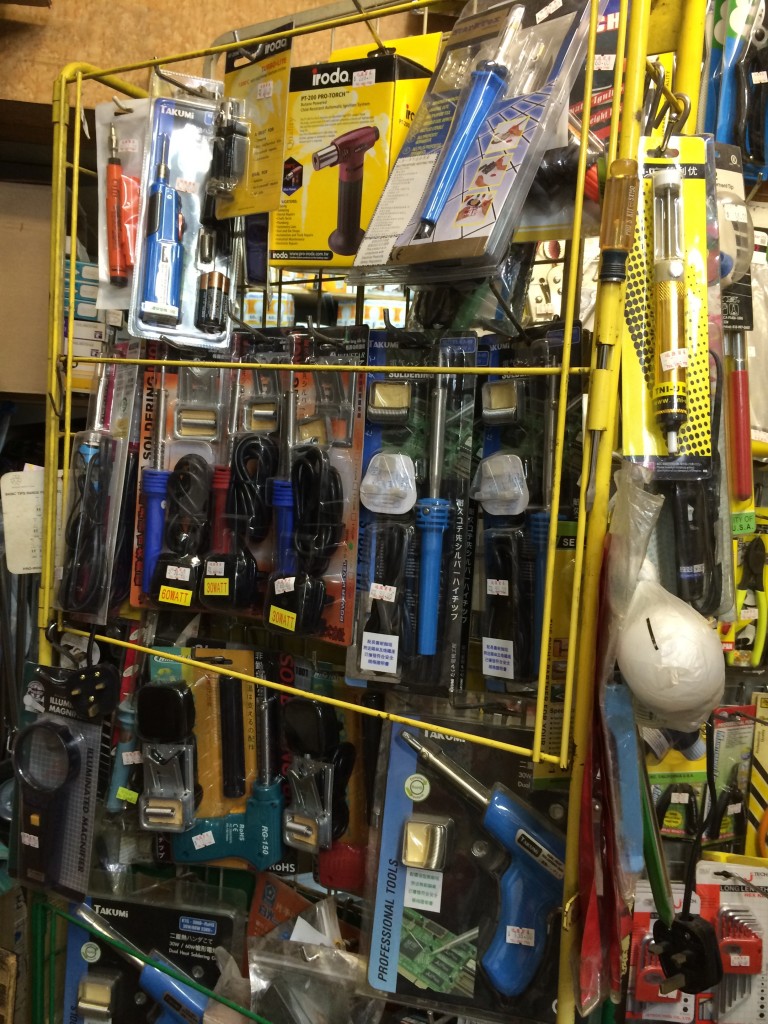At the beginning of the 2013-14 school year, our boys’ school moved out of Hong Kong to the New Territories. Transportation links exist, but not direct ones. To get to school from our house, I would need to get myself to the MTR (walking, shuttle, or taxi), transfer lines, then take a minibus for another 20-30 minutes. The boys school bus takes about 45 minutes each way. Even with the challenge of a steering column on the right, and driving on the “wrong” side of the road, a car seemed like a good idea.
With this in mind, awhile back I bought a 2007 Honda Odyssey. I felt this car was a fine choice; it’s able to seat seven and it’s a little banged up so no one would notice new scratches. For locals, this car immediately identifies me as someone too poor (and perhaps too stupid) to get a real car. It also indicates that Tom is not successful and possibly does not have his priorities straight. Although a Ferrari, Porsche or BMW might have been a “better” choice, the “best” option for our family would have been a shiny van with window curtains for privacy and heat protection, and a driver to make sure we always have transportation, yet never have to actually drive or park.

The owner of this car has a driver. I know because the building called me down to move my car; the Ferrari was parked about an inch away from my car. Naturally, I insisted the Ferrari be moved first.
Driving in HK is a bit of an adventure. Steep, impossibly narrow, high-stakes, one-lane two-way roads are common. I’ve had to back down roads after meeting someone coming the other way. If I happen to be a front-seat passenger, I often close my eyes because the car is traveling nauseatingly close to a rock wall, double decker bus, or aggressive taxi. We regularly travel a road which is steep enough that an anti-slip coating needs to be re-applied every year. If you have to stop in the rain on the way up this hill, your wheels spin before moving you up and forward again. If you are driving on the relatively wide, flat highways, you better know where you are going because any signage will misdirect you faster than you can say “Wan Chai or Chai Wan?”. I’ve heard many stories of expats regularly losing their way on looping, incomprehensibly labeled roads. I have no sense of direction whatsoever, so the idea of hours lost in the (narrow-streeted) wilds of Hong Kong was daunting. I was comforted by one friend who assured me “it’s an island. you can’t get that lost – unless you end up in Kowloon”. I have ended up in Kowloon. Thanks to google maps, I have also been (mis)directed onto pedestrian walkways and down hiking paths. A year on, though, I can find my way to and from the boys school; I know when to slide left when the sign indicates right, the difference between a sign for a tunnel that goes under water versus through a mountain, and I have my own auto toll dashboard reader that lets me speed through tollbooths like a driver in one of those aforementioned shiny vans.
The parallel parking skills I perfected living in downtown Boston do not help me here. There is almost no street parking, and the garages are usually vertical affairs with tightly wound ramps. One apartment we looked came with a parking space that was above another car – you were required to use some sort of elevator system. Even the parking space in our own building is quite small – and the short journey to park involves a harrowing turn with centimeters of leeway on either side, and then snuggling up to a cement wall so closely that your side mirror is best turned in.
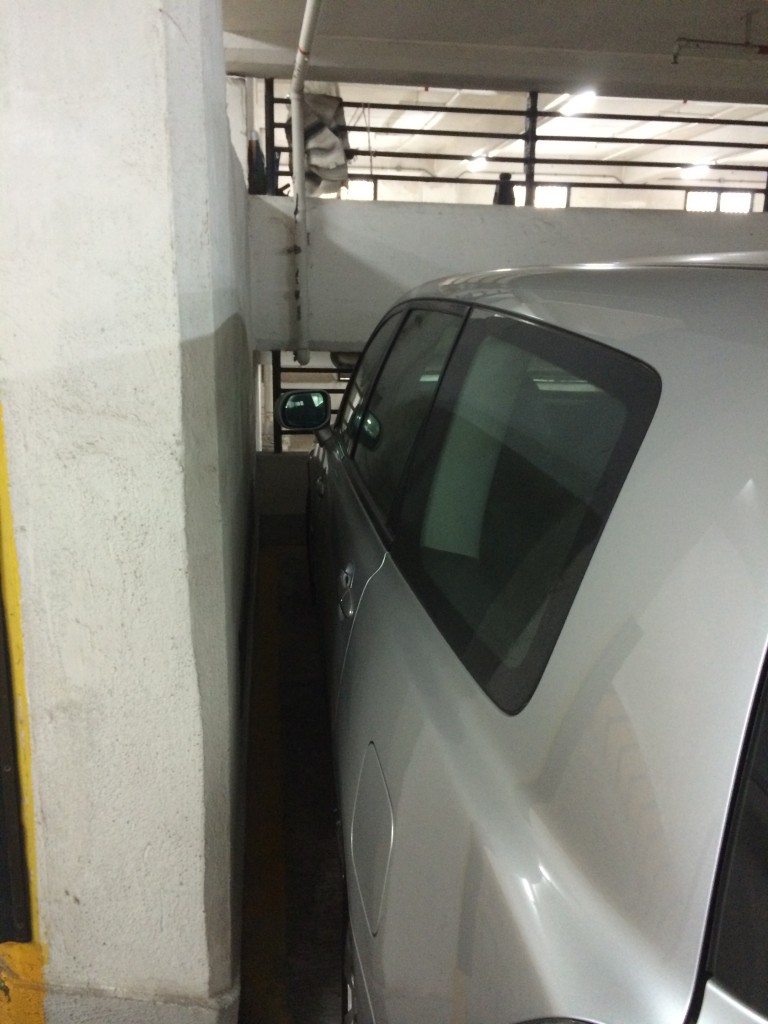
On the way out, you must be careful not to back in to the black Ferrari, not to ding the yellow Ferrari mere inches to your right, and not to clip the never-moving white Maserati at the top of the ramp.
So far so good. No luxury vehicles have been harmed.
Like this:
Like Loading...

